As the world struggles to adapt to the new normal that is fuelled with quarantines, social distancing, uncertainty, dread, and dismay, people have found different ways to cope with their own minds. Many of us are finding it hard to focus on ourselves amidst all the turmoil, and let’s be honest with ourselves, even in the best of times, most of us don’t love ourselves as much as we wish we did.
Mental health is not a singular subject that can be addressed in a vacuum, but rather, it is integrated into all facets of our daily lives, from after-school activities to social interaction with others. We all need someone to love us, someone to love, and something to look forward to. The best way to achieve this is to surround yourself with your support group who will always be there and lift you up whenever you feel down, as well as keeping a healthy and well-adjusted lifestyle. Spending plenty of time to be home for dinner with family, as keeping strong family bonds is crucial to developing healthy relationships and mindstates of an individual is one way to go. Another way is to become a question-seeking, active learner that is curious about everything, which helps improve one’s general attitude and outlook while fostering mindfulness and curiosity.
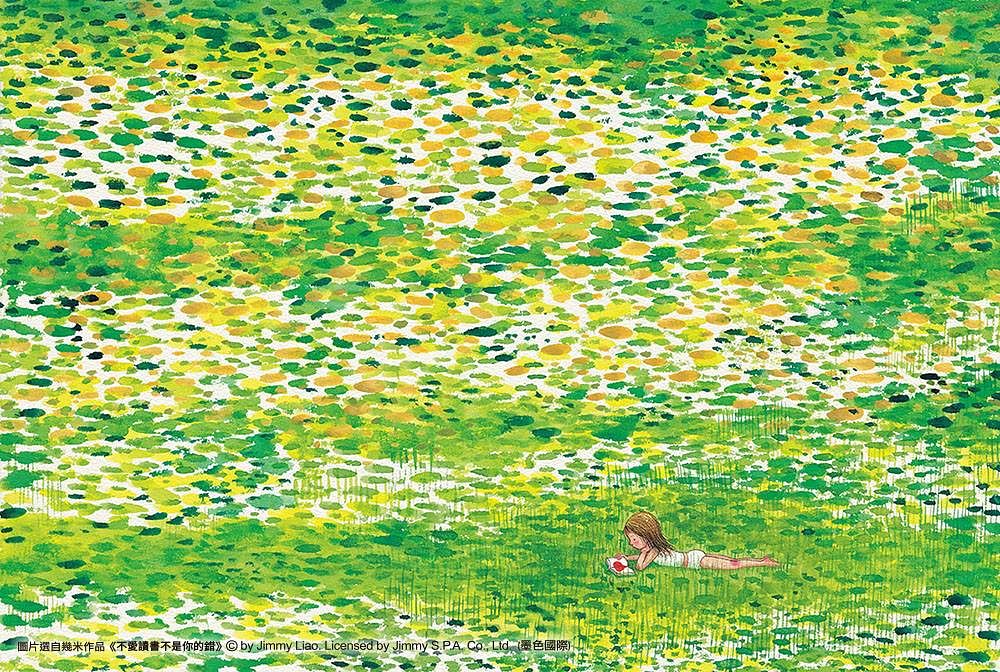
Self-knowledge, self-awareness, and connection are the sources of our potential tools to manage the negative thoughts that are acting upon us. Depression is an extreme condition of mental state, yet isn’t it true that most of us are living partway down that path? And if that’s the case, how can we understand our current emotional mental state, both consciously and unconsciously?
Being Human: How Can We Cope With Grief And Anxiety?
Dear world, please don’t worry about me. I’m learning to manage my worries. I beg you; give me a little more time so that I can deal with the worries of the whole world.
Jimmy Liao
In a way that a single water droplet pushes water rings in opposite directions, a shared trauma can send individuals on completely different emotional and personal trajectories.
While it is difficult to gauge the collective wellbeing of a society in terms of its emotional condition, we can look at suicide rates all over the world to get an indication of how the situation is like. The World Health Organisation (WHO) estimates that each year approximately one million people die from suicide, which represents 16 people who died from suicide per 100,000 global deaths every 40 seconds. It is predicted that by 2020 the rate of death will increase to one every 20 seconds. And the situation is even more severe when it comes to young people, global suicide rates among adolescents in the 15-19 age group, according to the latest World Health Organization (WHO) Mortality Database was 7.4/100,000. Many people, especially the young and middle-aged, attempt suicide.
The generation gap that’s grown in correlation with rapid technological change, young people’s formative years are very different from those of their parents and grandparents, and they are now experiencing the burden of which the older generation can’t understand. It’s clear there’s been an increase in anxiety and an emphasis on future-mindedness, especially amongst young people. And while it is difficult to assign cause and effect, it is important to have a finger on the pulse of our collective well-being.
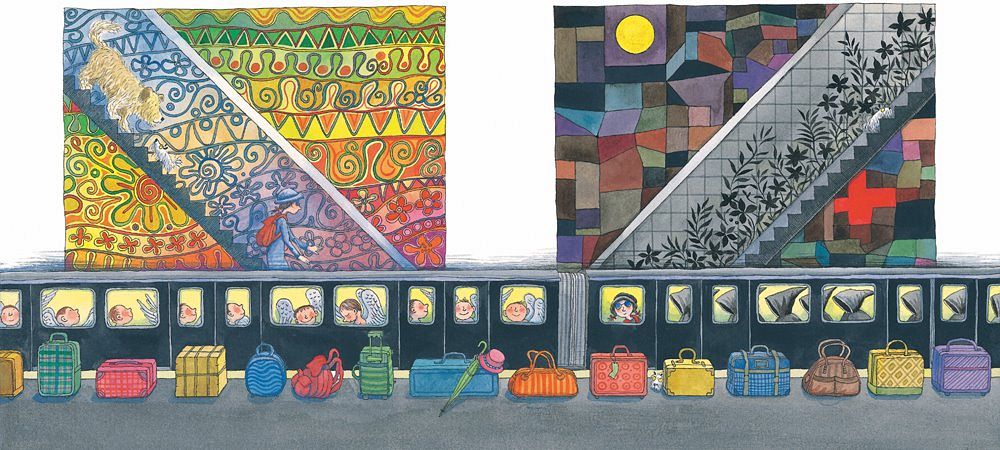
In psychotherapy, fear and anxiety can be seen as healthy when those emotions generate awareness of danger in ways that increase our ability to overcome it. The feelings help us to anticipate, prepare and plan ahead. Yet fear and anxiety that becomes too intense will only generate more fear and anxiety. It can become easy to lose perspective – and imagination fueled by fear can lead to catastrophic thinking and a sense of hopelessness. Chronically anxious people often struggle to find solutions to threats and become trapped in a thought loop that feeds their anxieties and fears. It becomes a fear of fear itself, anxiety that creates more anxiety. This is the road to depression. Living with the concept of an ominous future has the potential to cast us into despair. Alternatively, we might try to distract ourselves instead of coming to terms with a future we’d rather not face.
From a psychological point of view, we all experience feelings of anxiety due to an unpredictable, and potentially ominous future at one point in our lives. If we are not anxious about the future, we are often being trapped in the past, traumatizing about a specific event that happened which hurt us deeply in a way that is hard for us to comprehend, or let go of.
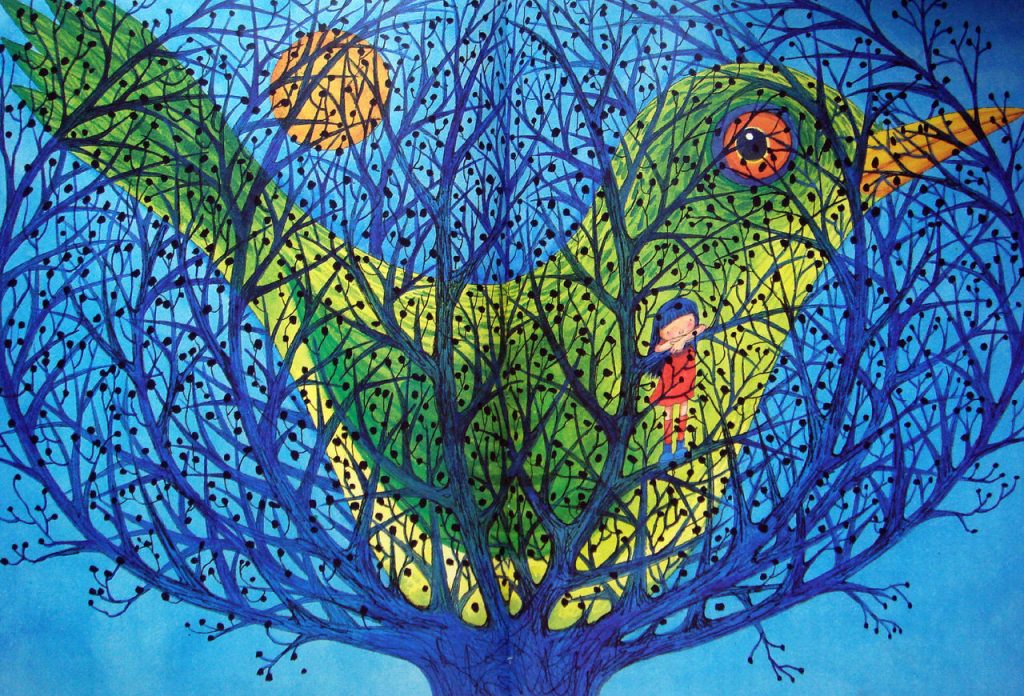
Solutions to the problem can be interpreted into two way, all of which solely depends on how we choose to look at and aware of our inner thoughts:
- Make choices about who to believe and what decisions we make, which can determine and predict when and how the issue will affect us in the future. When we are in control of our situation and who we are surrounded with, we are able to come up with multiple future scenarios ourselves, each of which interprets data differently and points to drastically different results.
- Factor in how we manage and regulate our anxiety as we come to understand the problems we face. We are now living in a society where the desire for what we have is stronger than our ability to change. This amplifies a major dilemma humanity faces — the balance between will and acceptance, control and chaos. When facing a problem and seeing the cause of it, the question is, what must we accept? And what can we do to reduce the mental suffering brought about by that problem?
Greta Thunberg, who became an international climate spokesperson at the age of 16, aims to raise the consciousness of challenges that her generation will face. While many criticize young people for apathy and escapism, the decisiveness and action of some individuals will go a long way to help deal with their burden of anxiety. When acknowledging our fear, anxiety, guilt, anger, and powerlessness of ourselves toward a situation, we can also recognize humanity’s remarkable potential for ingenuity, connection, and collaboration while seeing ourselves as part of the changes, not part of the problem.
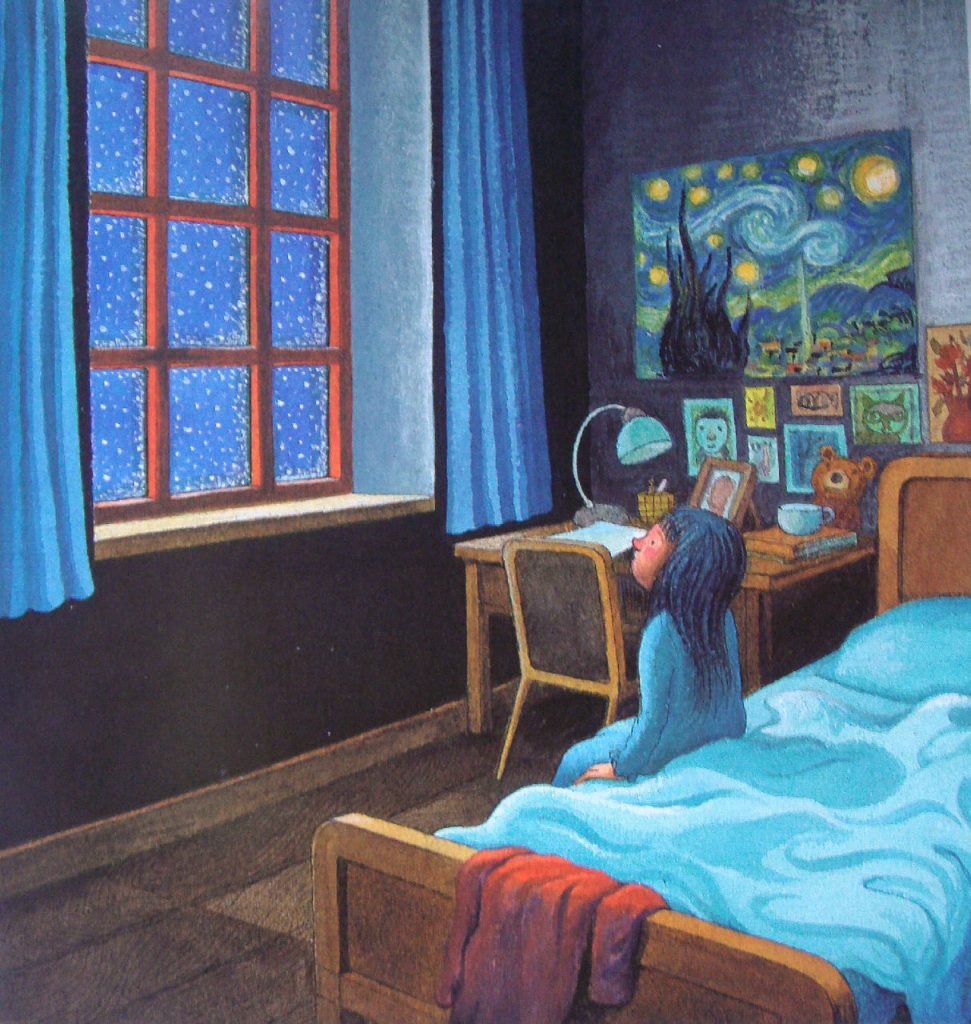
Courage can override fear, and optimism can guide us to what is most important. It is not where we are headed, but where we are that matters most. It is how we treat one another that will get us through these difficulties that we are having. If we can keep our fear in check, and use it instead to prepare and plan, if we can let go of the past and embrace the present, then from this point forward, we will find a way to address what is in front of us and maybe even celebrate life, full-heartedly from the acceptance of what there is, who we have and what we ca win do with the many things that we already have.
Everything is heading this way, and now we shall see if we know who we are.
Life is a mixture of bittersweet moments.
Jimmy Liao
Being Human: How Can We Face The Black Mirror Effect Of Technology Addiction?
In “Nose Dive”, the first episode in the third series of the British science fiction anthology series Black Mirror, Charlie Brooker’s hugely popular series examines the unanticipated consequences of modern society’s new technologies. Often when we think of addiction, we associate it with cigarettes, drugs, alcohol, gambling, or pornography, but nothing is comparable when it comes to our addiction to technology. Doubt that this is true, then ask yourself, what is the first thing that you do in the morning?
After using a smartphone or iPad until the battery dies, one is left staring at a black screen and forced to face the real world. And all over the world, it seems, we are still struggling to come to terms with this new reality. In several recent studies, teenage and young adult users who spend the most time on Instagram, Facebook, and other platforms were shown to have a substantially (from 13 to 66 percent) higher rate of reported depression than those who spent less time. The impact of social media has on our mental well-being is undeniable.
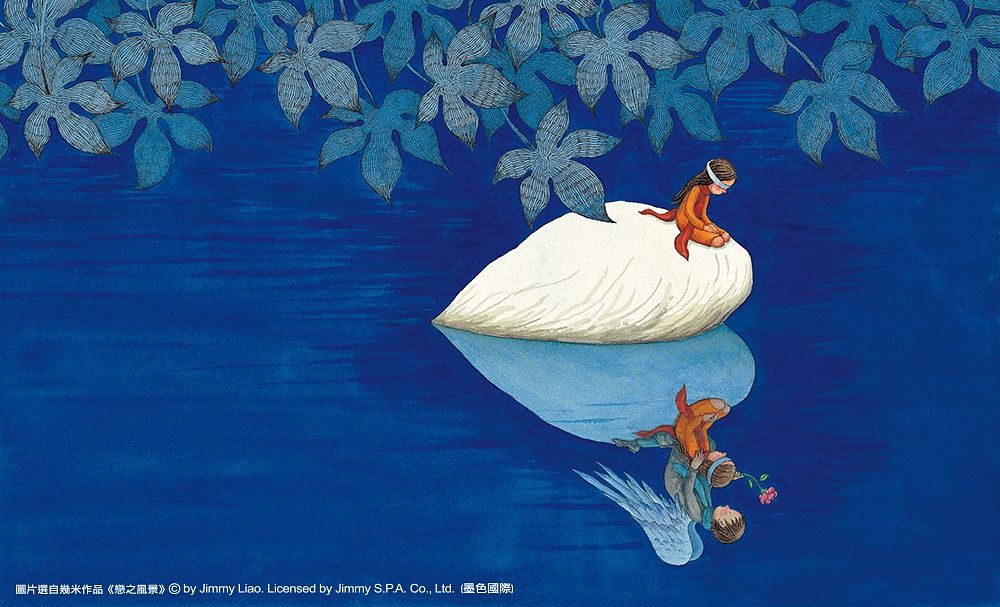
Millions of people right now are struggling with this tension between online activity and real-world responsibility. It has become a modern-day trap. Our cell phones, to a lesser or greater extent, are false reality both to ourselves and those around us. It is difficult to envision our individual potential when we are distracted or avoiding parts of reality, especially when we are evading the very things that might help solve our problems and conceive what is possible for ourselves and the world around us.
I realized that I was the fish, locked in an aquarium, watched by people through the glass.
Jimmy Liao
Addiction is often described as a power outside of oneself that becomes greater than the power within. An addict is compelled to make choices that are ultimately destructive. For technology addiction, it begins with the pleasure of stimulation. Excitement, suspense, gratification, and even happiness are all emotions that first arise, along with a rush of adrenaline and endorphins in the brain. This can soon develop into a distraction from our inner life, which leads to avoidance of reality. We find ourselves escaping the pain or truth we would rather not face. It is through seeking temporary relief of that pain that one becomes addicted. We’ve grown accustomed to needing stimulation — without it, we feel anxiety, boredom, discomfort, perhaps even a bleak desire for fatal escape. Our attachment to stimulation makes distraction and avoidance more appealing and paves a path towards the nightmare of addiction.
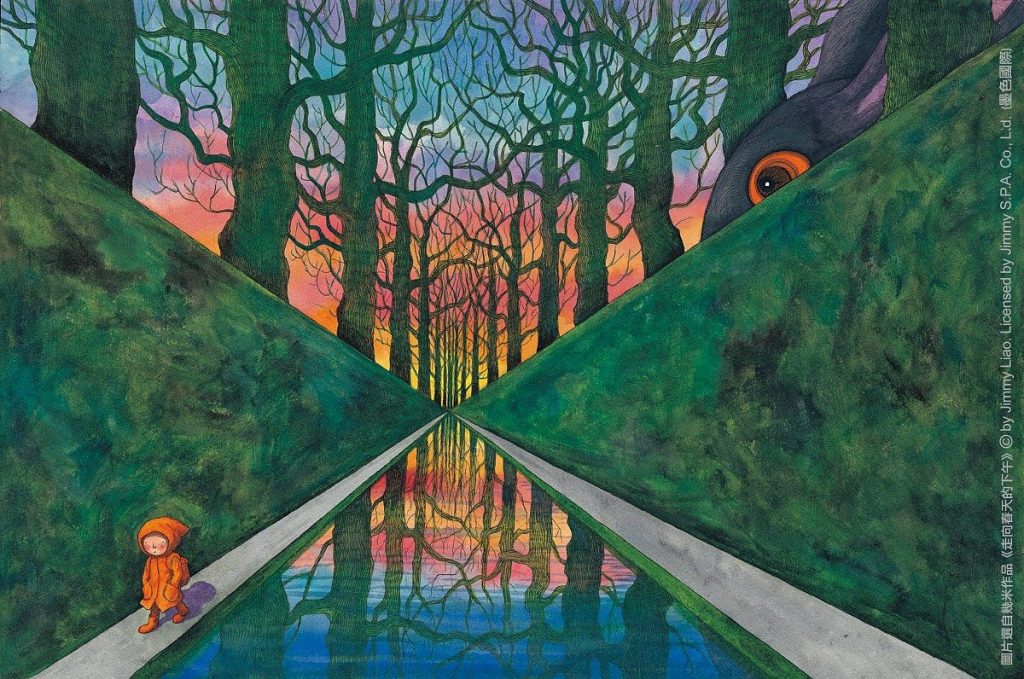
The solution for this issue is clear and must be tackled as soon as possible. Since the longer the avoidance takes place, the more difficult it is to overcome the addiction.
- The constancy of change in contemporary life keeps us distracted from the true meaning and purpose of our actions, which is the reason why we are addicted to technology in the first place. Self-knowledge, awareness, and connection may help us solve the challenges of life and align with our deeper ideals, our strongest sense of self.
- Mindfulness and connection are the opposite of addiction. When we are present, when we connect with communities, when we experience the real world through our senses, we are more likely to discover our true potential. There is freedom in getting off the treadmill of stimulation, and even though it might also mean facing more painful emotions or hardships of life more often than we are accustomed to, it offers so much more than just a shallow fleeting enjoyment on the internet.
When we live in the moment from the inside and out, we are empowered to be our authentic, true selves. And through this, we can then take or leave the stimulation that tempts us, and focus on reality, community, and purpose, not just for ourselves, but for the others in our lives who need that love and connection too.
Who You Are, And Who You Can Become
You may not know it, but in a corner of the world, in every great tree, there is a child who does not fit in the world.
Jimmy Liao
Jimmy Liao is a prolific Taiwanese illustrator and author who has expanded the readership of picture books beyond children to general audiences. With sensitivity and creativity, he crafts each of his stories to become a journey through human feelings, a pathway towards Liao’s inner world, a world worth reviewing. Liao’s works reflect the positive and negative sides of life, which have shaped his personality at the same time: happiness – sadness; freedom – oppression; hope – despondency.
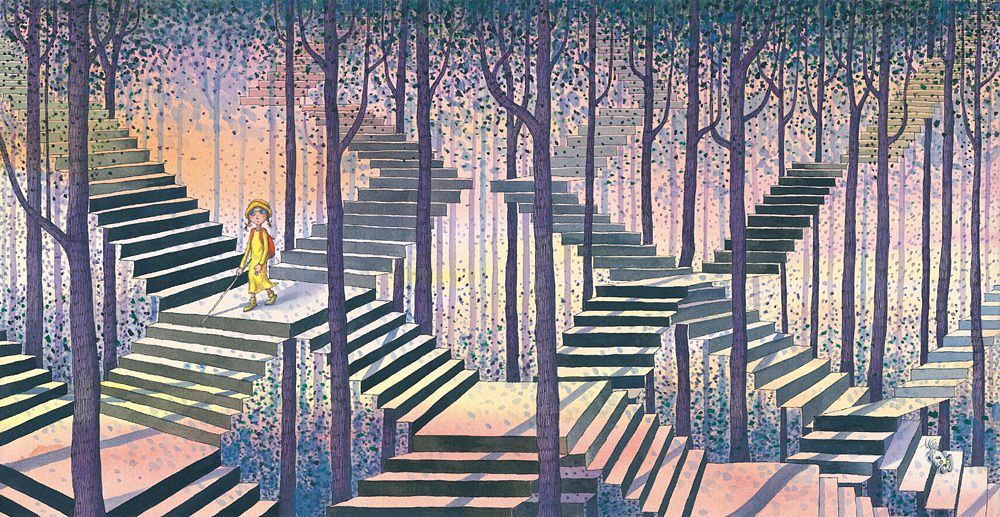
“I often wonder why the child who likes to be alone is considered a freak; the child who likes to say what he thinks is called provocative; the child who likes to hide in a corner is labeled antisocial,” Liao says. And he is not alone, society is, often than not, label individuals in nametag as if we have the authority to. When being yourself is not applicable, we force ourselves to be someone else in order to receive society’s acceptance. We know what our spiritual teachers have taught us, to love one another, to see one individual as equal as everyone else. But we won’t be able to do so if we do not first love and accept ourselves as who we are. As exemplified by his artworks, Sound of Colors, Liao identifies with the main character, a blind girl whose adventures take place in the subway network. “She wants to explore the world in spite of her fear. She misses home and feels lonely. She has a disability yet she is complete. I think she is me,” he stated.
Through his picture books, Liao encourages readers to face difficult situations with the emotional tools from his stories, an intangible dimension of dreams as a shelter to recover and search for hope and happiness in daily reality. From a more nuanced perspective, maybe we should ask ourselves more about who we are, in order to become who we want to be. If that’s not the point of existing, I don’t know what is.
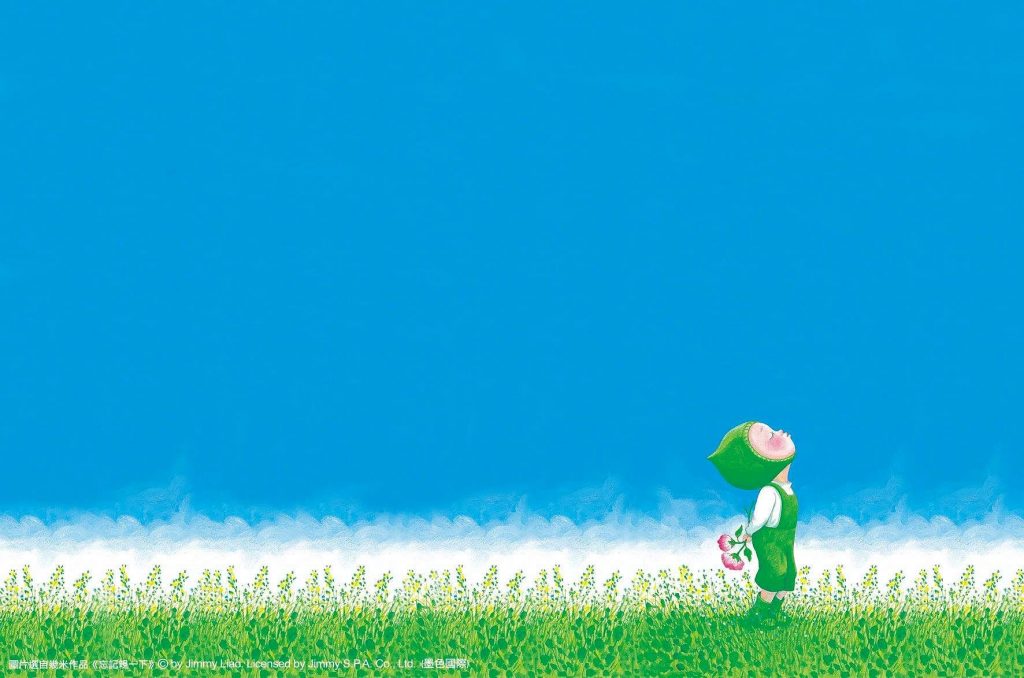
This Mental Health Awareness Week, which takes place from the 10th to the 16th of May in 2021. IVolunteer International wants to spread out more awareness on the issue in which millions of people are facing every single day. If you or someone you know has a mental illness, is struggling emotionally, or has concerns about their mental health, there are ways to get help, whether from yourself, a friend, or a family member. We encourage you to speak out regardless of the issues that you are having, and if possible, seek out professional help that will provide you with the tools and information that you need and suitable for your situation.
Take care of your mind, because every great thing in the world is stemmed from it.
IVolunteer International is a 501(c)3 tech-nonprofit registered in the United States with operations worldwide. Using a location-based mobile application, we mobilize volunteers to take action in their local communities. Our vision is creating 7-billion volunteers. We are an internationally recognized nonprofit organization and is also a Civil Society Associated with the United Nations Department of Global Communications. Visit our profiles on Guidestar, Greatnonprofits, and FastForward.


